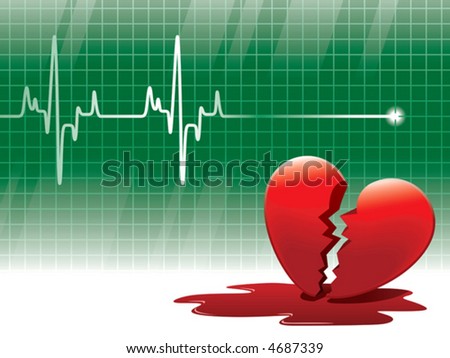If you can, stay out of the hospital during the summer especially July. That's the month when medical students become interns, interns become residents, and residents become fellows and full-fledged doctors. In other words, some of the staff at any given teaching hospital is new on the job.
Summer hospital horror stories aren't just medical lore: The adjusted mortality rate rises 4% in July and August for the average major teaching hospital, according to the National Bureau of Economic Research. That means 8 to 14 more deaths occur at major teaching hospitals than would normally without the turnover.
Another scheduling tip: Try to book surgeries first thing in the morning and preferably early in the week when doctors are at their best and before schedules get backed up.
July is the 7th month of the year in the Julian and Gregorian Calendars and one of seven months with the length of 31 days. It is, on average, the warmest month in most of the Northern hemisphere and the coldest month in much of the Southern hemisphere. July's birthstone is the ruby which symbolizes contentment. Yet, hospitals and men and women in lab coats, I guess will never be contented on the month of July since in this month the most experienced medical residents graduate leave hospitals, just as newly minted M.D.s arrive to start caring for their first patients. This trend on July month was confirmed by a new research taking the first comprehensive look at death rates and complications occurring in hospitals throughout the year.
According to the team lead by Dr. John Young of the University of California, San Francisco, at teaching hospitals responsible for training new doctors, patient death rates increase while efficiency in patient care decreases during the month of July. In these hospitals, admitted patients serve as case studies used to educate future physicians on the best way to provide care; medical residents spend anywhere from three to six years as doctors-in-training, shadowing more experienced physicians as they learn how to diagnose and treat patients.
Furthermore, according to Time.com:
In the month of July the most experienced residents graduate, leaving behind those who haven't logged as many hours in the clinic or in patient wards. The older residents' departure also coincides with the entry of a new class of freshman residents — new doctors who are taking on the responsibility of patient care for the first time.
Not surprisingly, the changeover can disrupt patient care in hospitals, increasing complications from surgery and boosting medical error rates, particularly as new doctors who are unfamiliar with a hospital's pharmacy system mistakenly prescribe wrong doses of medications. The shift also decreases efficiency, with more unneeded or duplicate tests being ordered and patients being kept in the hospital longer than necessary.
"Key to the understanding that paper, however, is grasping that its conclusions apply solely to teaching hospitals, institutions where residents and interns treat patients as part of their medical training. It's therefore not true that all hospitals become a bit more dangerous in July. It's also not true that all teaching hospitals experience this decline.
Well, as for me, I guess death rate and bad patient care of medical professionals and practitioners wearing lab coats and nursing uniforms doesn't depend on a particular month but on the quality of service they give to their patients. No matter what month, or when and where, doctors and nurses in nursing uniforms must be careful in whatever they are doing with their patients.
 Twitter
Twitter Facebook
Facebook Flickr
Flickr RSS
RSS
